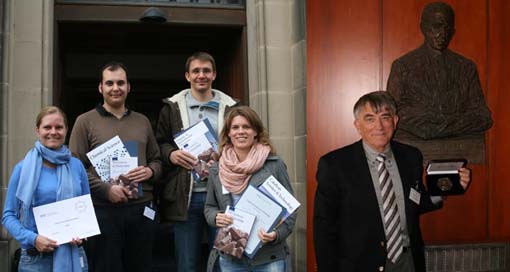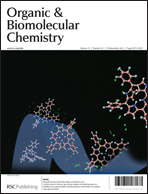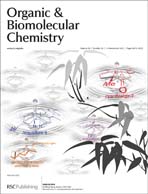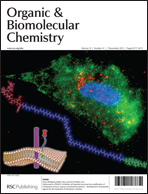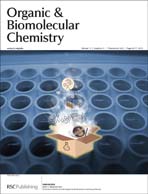Issue 43 of Organic & Biomolecular Chemistry has arrived, and featuring in this week’s issue:
A HOT Communication from Xiangbao Meng, Zhongjun Li and colleagues from Peking University presenting a convenient, metal-free method for the intramolecular oxidative aminofluorination of unactivated terminal alkenes. This new transformation represents an efficient method for the preparation of fluorine containing cyclic amines.
Metal-free intramolecular aminofluorination of alkenes mediated by PhI(OPiv)2/hydrogen fluoride–pyridine system
Qing Wang, Wenhe Zhong, Xiong Wei, Maoheng Ning, Xiangbao Meng and Zhongjun Li
DOI: 10.1039/C2OB26664D
A Communication from Jacek Jemielity and co-workers, University of Warsaw, which is part of OBC’s Nucleic acids: new life, new materials web collection. Jemielity et al. have developed a chemoenzymatic method for obtaining RNAs that are specifically labelled with biotin at the 5′ m7G cap moiety.
Synthesis of biotin labelled cap analogue – incorporable into mRNA transcripts and promoting cap-dependent translation
Jacek Jemielity, Maciej Lukaszewicz, Joanna Kowalska, Jakub Czarnecki, Joanna Zuberek and Edward Darzynkiewicz
DOI: 10.1039/C2OB26060C
| Also in this issue – 5 additional HOT articles:
Concise and efficient syntheses of preQ1 base, Q base, and (ent)-Q base Inter- and intramolecular reactions of 1-deoxy-1-thio-1,6-anhydrosugars with α-diazoesters: synthesis of the tagetitoxin core by photochemical ylide rearrangement Synthesis and evaluation of novel 3-C-alkylated-Neu5Ac2en derivatives as probes of influenza virus sialidase 150-loop flexibility A cucurbit[8]uril sponge |
Read the issue today! The articles on the covers are free to access for 6 weeks, and the HOT articles are free to access for 4 weeks!


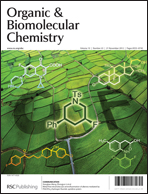
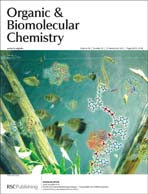









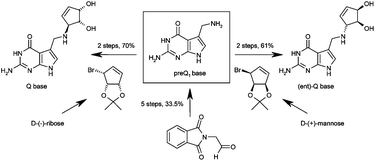
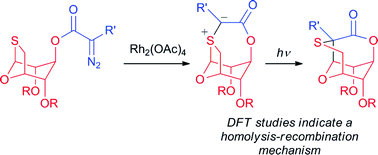
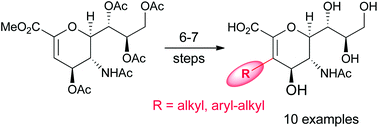
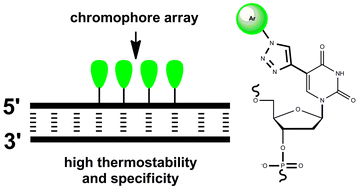
![A cucurbit[8]uril sponge](http://pubs.rsc.org/services/images/RSCpubs.ePlatform.Service.FreeContent.ImageService.svc/ImageService/image/GA?id=C2OB26774H)
